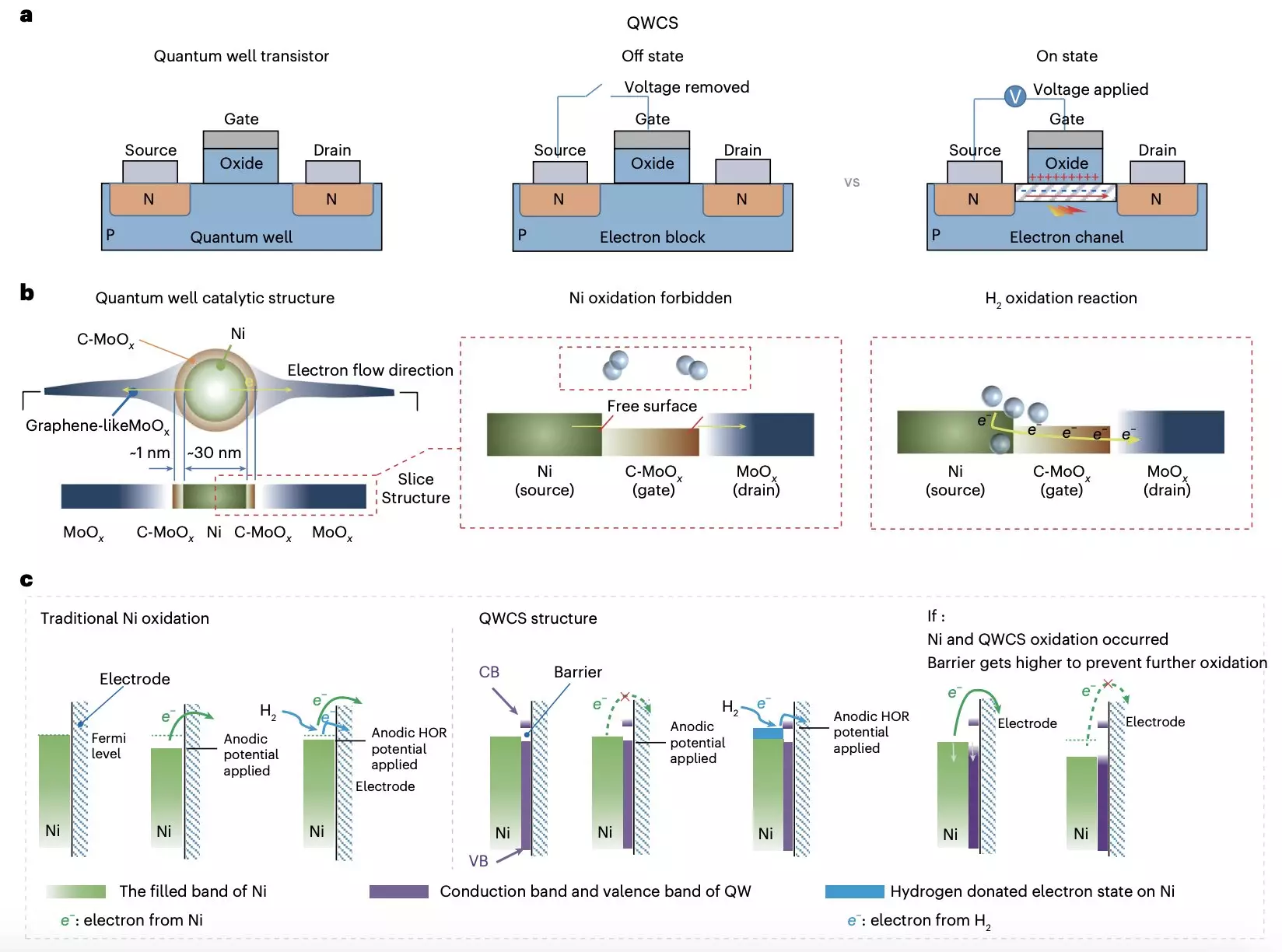Fuel cells represent a pivotal technology in the quest for clean energy, operating through electrochemical reactions that generate electricity without combustion. This mechanism results in minimal air pollution, making fuel cells suitable for a variety of applications such as electric vehicles, portable electronic devices, and heavy-duty industrial machines. However, the commercial viability of fuel cells has been hampered by the reliance on costly materials and precious metal catalysts, which raises production costs and limits accessibility.
Among the solutions aimed at reducing the economic barriers associated with fuel cells are anion-exchange-membrane fuel cells (AEMFCs). These systems capitalize on non-precious and widely available catalysts, positioning themselves as a more affordable alternative while maintaining efficient performance. In recent years, research dedicated to AEMFCs has escalated, with numerous academic institutions worldwide experimenting with different designs and materials to enhance their efficiency and operational stability.
Despite encouraging progress, many non-precious metal catalysts that have been tested in AEMFCs exhibit a significant drawback: a propensity for self-oxidation. This phenomenon not only impairs the performance of the fuel cells but can also lead to irreversible damage, ultimately curtailing their lifespan and effectiveness in long-term use.
A recent study from researchers at Chongqing University and Loughborough University has introduced a breakthrough in combatting the oxidation challenges faced by AEMFCs, particularly focusing on metallic nickel catalysts. Their innovative approach revolves around the creation of a quantum well-like catalytic structure (QWCS) designed specifically for this purpose.
In their groundbreaking research published in *Nature Energy*, the team developed a QWCS consisting of quantum-constrained nickel nanoparticles encapsulated within a heterojunction that combines carbon-doped MoOx with standard MoOx. This unique structure not only enhances the catalytic activity of the materials used but strategically inhibits oxidation processes that lead to premature failure of the fuel cells. This configuration allows the nickel nanoparticles to maintain their metallic state while selectively facilitating the transfer of external electrons generated during the hydrogen oxidation reaction (HOR).
The new catalyst, referred to as Ni@C-MoOx, demonstrated exceptional stability, managing to sustain optimal performance over a continuous 100-hour operational window under challenging conditions. Most notably, this AEMFC configuration exhibited a power density of 486 mW/mg Ni, while consistently maintaining its efficiency even after multiple cycles of shutdowns and startups.
The unique architecture of the QWCS, which imposes a specific electrochemical barrier of 1.11 eV, protects the electrons from nickel nanoparticles, enabling them to effectively transfer energy without succumbing to electro-oxidative decay. This dual-action capability highlights the potential of quantum-confined structures not only to enhance catalytic performance but also to extend the operational lifespan of the fuel cells significantly.
Implications for the Future of Energy Technology
The findings from this research group signal an important leap forward in the advancement of cost-effective AEMFCs that are robust and reliable. With this new pathway, the future landscape of fuel cells could be markedly transformed—shifting from concepts that revolve around expensive materials toward a paradigm that embraces earth-abundant resources without compromising on performance.
Moving forward, the design strategies employed by these researchers could well be adapted to develop other catalytic systems, enhancing the longevity and stability of various non-precious metal catalysts in energy conversion technologies. As we continue to explore the possibilities offered by such innovations, the potential for cleaner, more sustainable energy solutions becomes ever more tangible, showcasing the critical role of research in shaping the future of energy technologies.


Leave a Reply